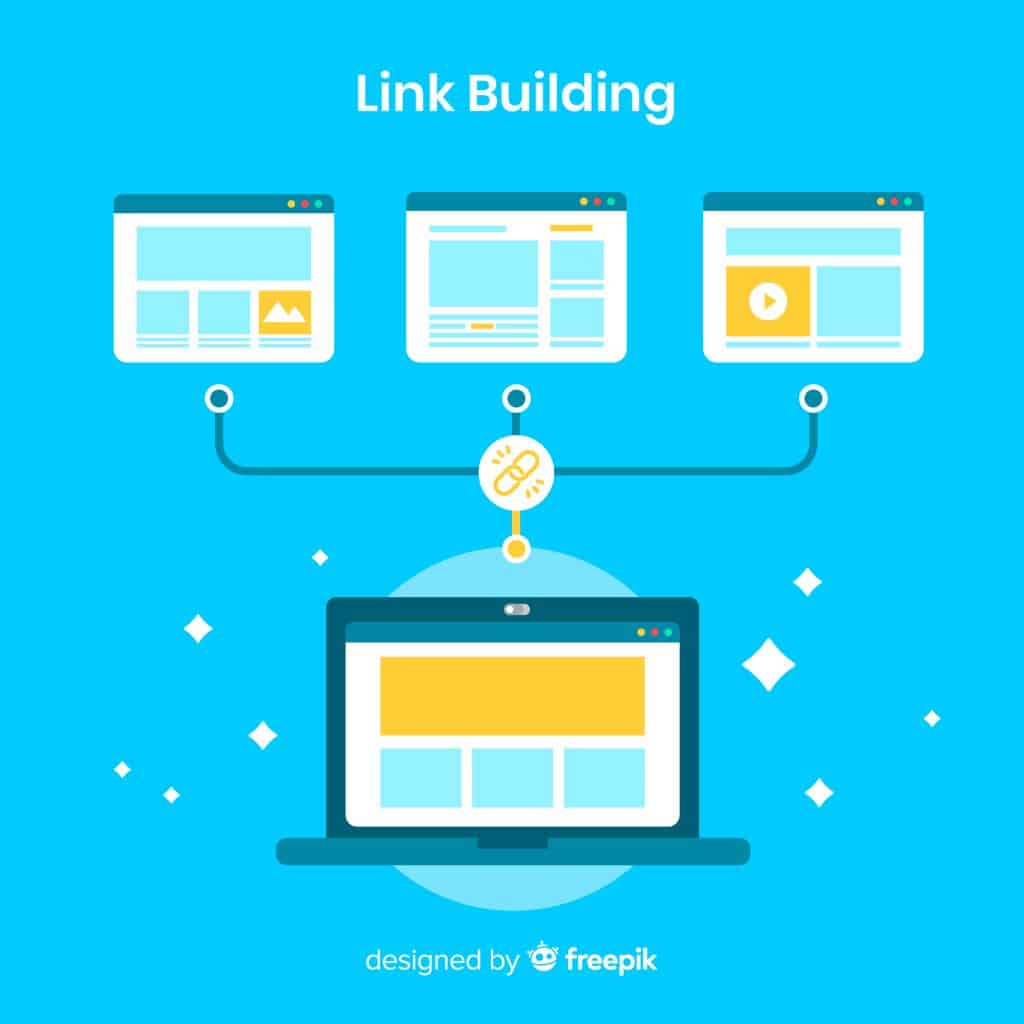Why Link Building is Crucial for Digital Product Marketing

Link building is a cornerstone of search engine optimization (SEO), serving as a vital strategy for increasing online visibility, driving organic traffic, and improving search rankings. In the world of digital product marketing, where competition is fierce and consumer trust is critical, an effective link-building strategy can make a significant difference in brand awareness and sales.
Search engines like Google assess the quality and quantity of inbound links to determine the credibility of a website. The more authoritative sites that link to a business’s digital product, the more favorable its position in search results. In turn, this boost in rankings translates into higher organic traffic and improved brand recognition.
Beyond SEO benefits, link building also fosters partnerships, improves content distribution, and creates brand credibility by associating products with trusted industry sources. For digital product marketers, leveraging link-building strategies can significantly impact visibility and revenue growth. After all, without people knowing who you are, what you do, and being able to trust you, you simply won’t grow.
Additionally, link building supports content marketing efforts by increasing the reach of blog posts, whitepapers, and case studies. When relevant websites link to high-quality content, it extends the life and effectiveness of that content, driving ongoing traffic and engagement.
The Role of Link Building in Digital Product Marketing
Marketing digital products—whether software, online courses, e-books, or SaaS platforms—requires a solid online presence. You must be able to be found online no matter where your potential audience is. Link building plays an integral role in this by:
- Enhancing Visibility in Search Engines: High-quality backlinks improve domain authority, making it easier for potential customers to discover a product. You must be visible to potential customers in order to secure the sale.
- Establishing Industry Authority: When reputable sites link to a digital product, it signals trust and credibility to both search engines and potential buyers. Trust is a highly significant factor for people to commit to a sale.
- Driving Targeted Traffic: Backlinks from relevant sources ensure that incoming visitors have a genuine interest in the product, increasing conversion rates.
- Boosting Brand Recognition: Consistently appearing in authoritative industry blogs, news sites, and directories strengthens brand identity and market presence. Your brand must be memorable to make an impact that is long-lasting.
Digital product marketers cannot rely solely on paid advertising or social media promotions; they must integrate sustainable organic strategies like link building to maintain long-term visibility.
Types of Link Building Strategies for Digital Products
A well-rounded approach to link building includes multiple strategies to maximize effectiveness. So, how do you win the link building game? Some of the most impactful techniques include:
1. Guest Blogging
Writing articles for reputable industry blogs provides an opportunity to insert backlinks naturally. By offering valuable content to external platforms, businesses can secure high-authority links and increase exposure to new audiences. For digital product marketers, contributing to niche-specific blogs and online publications can drive significant traffic while building credibility.
In order to maximize effectiveness, businesses should target blogs with engaged audiences, ensuring their content aligns with readers’ interests. This not only generates backlinks but also establishes thought leadership in the industry.
2. Resource Link Building
Creating valuable resources—such as comprehensive guides, case studies, or toolkits—encourages other websites to link to them as references. The more insightful and well-researched the content, the higher the chances of earning quality backlinks. For example, an in-depth comparison of project management tools could attract links from business blogs and software review sites.
Marketers should conduct keyword research to identify trending topics and create resources that provide actionable insights, increasing the likelihood of backlinks from relevant sources.
3. Influencer and Expert Roundups
Collaborating with industry influencers or participating in expert roundups can generate links from authoritative sources. When a recognized professional shares a digital product, their audience gains confidence in its credibility. This strategy works well for SaaS companies that offer tools relevant to influencers in marketing, finance, or technology.
Additionally, featuring experts in content such as interviews or co-authored blogs can encourage organic sharing and increase visibility.
4. Digital PR and Media Outreach
Getting featured in online publications, news websites, and press releases is another strong way to build backlinks. Journalists and bloggers often link back to sources when citing industry trends or innovative digital products.
Digital PR campaigns can secure mentions in high-authority websites like Forbes, TechCrunch, or industry-specific news portals.
Developing compelling press releases and pitching unique stories to journalists can significantly boost media coverage and link-building opportunities.
5. Broken Link Building
This strategy involves identifying broken links on other websites and suggesting a replacement link to a relevant digital product page. Since web admins want to maintain a functional website, they are often open to making such updates. Tools like Ahrefs or SEMrush can help find broken links, providing opportunities for outreach.
In order to improve success rates, outreach messages should be personalized, explaining how the suggested link adds value to the website’s content.
6. Partnerships and Collaborations
Networking with complementary brands and businesses can lead to mutually beneficial backlinking opportunities. For example, a SaaS tool for social media automation can collaborate with a digital marketing agency to share insights and link to each other’s resources. Strategic partnerships not only build links but also expand brand reach.
7. Community Engagement and Forum Participation
Active participation in online forums, communities, and Q&A sites like Quora and Reddit can also contribute to link building. By answering industry-related questions and providing insightful solutions, businesses can naturally include links to their digital products where relevant.
The SEO Benefits of Strong Backlinks
Backlinks contribute significantly to SEO success by enhancing domain authority, improving ranking potential, and increasing crawlability. Google’s algorithm factors in the relevance and authority of backlinks when evaluating a website’s credibility. The benefits of strong backlinks include:
- Higher Rankings: Websites with a diverse and high-quality link profile rank higher on search engine results pages (SERPs).
- Increased Organic Traffic: Better rankings mean more exposure, leading to a consistent flow of potential customers.
- Faster Indexing: Search engine crawlers discover and index content more efficiently when authoritative websites link to it.
- Reduced Reliance on Paid Advertising: Organic visibility from link building reduces the need for expensive paid campaigns.
- Long-Term Growth: Unlike paid marketing, which stops delivering results when funding ends, strong backlinks provide ongoing SEO benefits.
Finding the Right Link Building Services
Since link building is a time-intensive process, many digital product marketers turn to professional SEO agencies for assistance. Agencies specialize in securing high-quality backlinks from authoritative websites, helping businesses strengthen their SEO strategy. For a comprehensive look at the best link-building services available, visit clickintelligence.com.
Conclusion
In digital product marketing, where online visibility and trustworthiness determine success, link building remains a critical strategy. High-quality backlinks improve search rankings, drive targeted traffic, and establish brand authority. While the process requires patience and strategy, the long-term benefits significantly outweigh the challenges. By leveraging the right techniques and professional services, businesses can enhance their digital presence and achieve sustainable growth.
For digital product marketers looking to stay competitive, investing in ethical and strategic link-building methods will ensure a strong foundation for long-term success.




